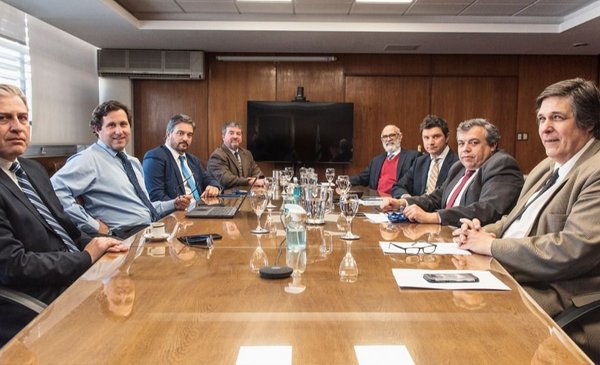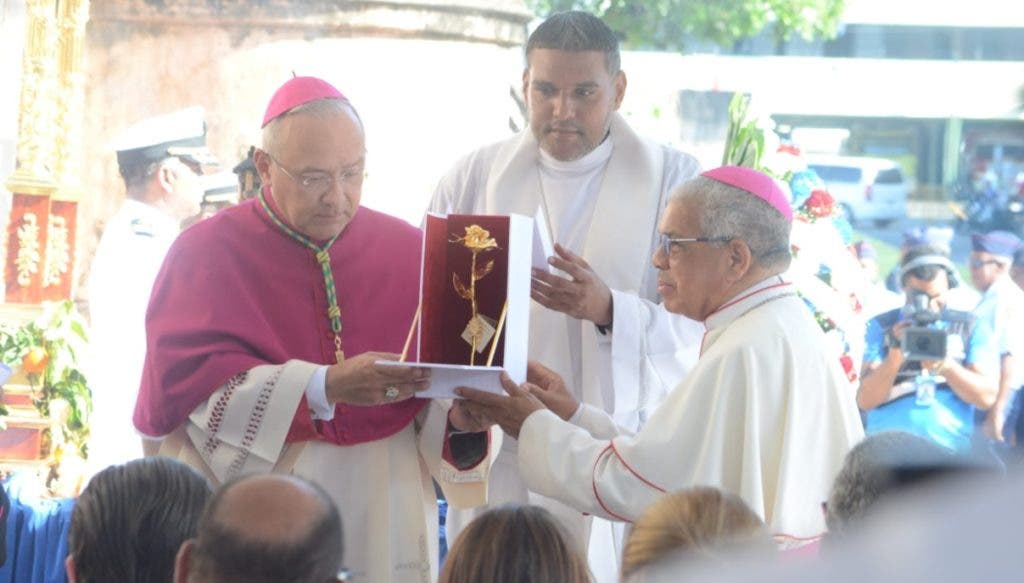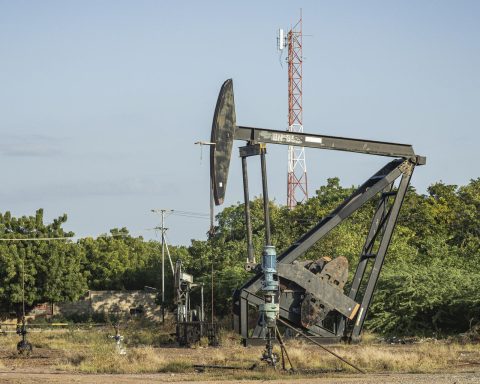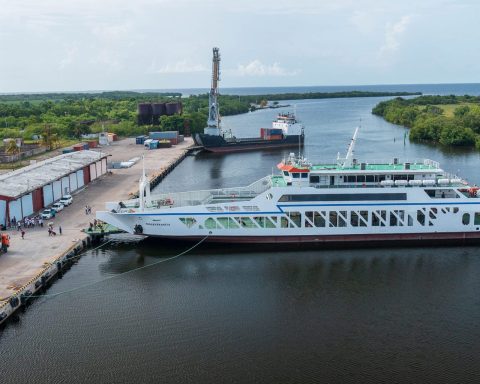The Central Bank of Uruguay (BCU) This Monday, the monetary policy interest rate (MPR) increased again by 50 basis points to 10.25%, in line with what was announced in July.
“The decision of the Monetary Policy Committee (Copom) deepens the contractionary phase of monetary policy after assessing that the rigidity of agents’ inflation expectations persistsand that inflation, as well as core inflation, remain outside the target range,” the monetary authority said in a statement.
In the latest Inflation Expectations Survey, agents maintained their forecast of an 8.6% rise in prices for the end of the year, very much in line with the 8.5% estimated by the MEF when it presented the Rendering of Accounts. For their part, for the 24-month horizon, analysts forecast that prices will increase 6.9%, that is, above the inflationary target range of 3% to 6% that will come into effect in September of this year. Meanwhile, the businessmen who respond to the INE Expectations Survey project an inflation of 9% for the end of the year, 8.5% for the moving year to June 2023 and 8% for the 24-month horizon, according to the median of the responses.
This implies that the contractionary policy that the BCU is promoting by raising the interest rate has not yet managed to anchor the expectations of economic agents.
According to the Copom, for the decision to raise the rate by 0.5%, “other aspects of the international and local situation were assessed.”
“In the world, concern is intensifying over the lower growth of economic activity, and the prolongation of the conflict in Eastern Europe, among other geopolitical tensions, although there are signs of a slowdown in world inflation due to the reduction in commodity prices. , less tension in the supply chain, and fears associated with a global recession,” the monetary authority said.
In Uruguay, economic activity “continued its recovery in the second quarter, which is maintained in the third, although at a somewhat more moderate pace.”
“In this context, the Copom remains concerned about the rigidity of agents’ inflation expectations, positively assesses the transmission channels of monetary policy that work in the expected direction, and considers the aforementioned rise in the MPR to be necessary and timely. . At the same time, anticipates continuing with similar increases in the next meetings, considering that this would lead to rate levels consistent with the convergence of expectations towards the target range by the end of the year. Nevertheless, reaffirms the commitment to deepen the contractive mood of the policy in case these expectations remain rigid downwards”, concludes the Copom statement.
The last train?
The economist and former BCU official, José Antonio Licandro, wrote a column this Monday in El País titled Is the train going to the Central Bank?
There, the expert warned that if the government and the monetary authority intend to fulfill their intention of leaving a lower level of inflation at the end of the administration, they should “rethink their strategy” and deepen their plan to raise interest rates by 50 basic points as has been instrumented until now since the inflationary expectations of the agents reversed their downward trend and are located on an axis of 6% for a horizon of five years. “That path is technically possible to follow according to the bank itself,” said Licandro.
Leonardo Carreno
The BCU raises the cost of access to credit to anchor inflationary expectations.
The economist explained that with 24-month inflation expectations at 7.9%, the real TPM would stand at 2.35% today. Therefore, with the Copom rate at 10.25% (as it was this Monday), for the first time it would be placed “above the neutrality level” and would just enter a contractionary monetary instance, after a year of starting a process raise the rate from 4.5%.
Dollar opened the stable week
The exchange rate opened the week stable (-0.09%), with a wholesale average for the dollar at $40.09, according to Bevsa. On the BROU board, the US currency was at $38.95 for purchase and $41.35 for sale. In Argentina, the blue dollar fell 0.7% to A$295 per greenback, while the tourist dollar advanced 0.7% to A$246.75. In Brazil, the dollar rose 0.38% to 5.09 reais per greenback.

















